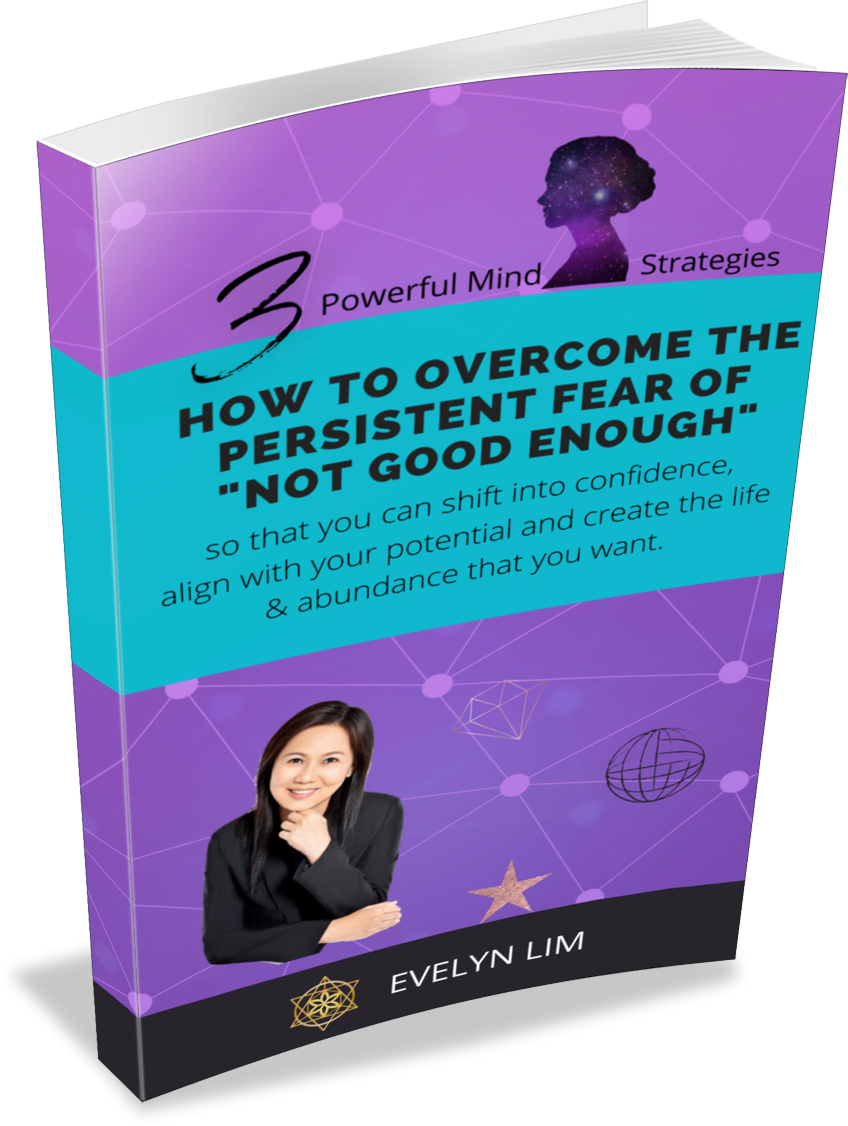How to Practice Non-Attachment in 7 Ways

Admittedly, non-attachment can be difficult to apply. Some people such as monks dedicate their whole lives to making it a practice. However, this does not mean that renunciation in order to release your “suffering” is necessary for you to practice non-attachment.
In fact, if you continue to use religious disciplines to hold on to your identity, then you are yet on the path of genuine spiritual growth. So long as you are holding on to something such that it causes you grief and pain, you are having an attachment. Your ego is interested in clinging on to some form of identification.
Suffice to say, your natural state is one of peace. Unfortunately, we have been conditioned to expect instant gratification and that we need material possessions or status to feel good about ourselves. Our attachments to a specific outcome – whether it happens or not, how does it happen and whether it happens quickly or not – can cause us to experience much worry, frustration, anger and fear.
The Grasping of the Ego
The more you set yourself up with “I, me and mine”, the more suffering you are going to experience. By grasping, your energy becomes one of “craving”. Life is a constant pursuit of all forms of identification that boost the ego. You deem it important to be in a superior position. Out of equilibrium, you are no longer grounded in contentment. Not surprisingly, you find it hard to be joyful in the here and now; even whilst you are working towards your goals.
If you think about it carefully, you will realize that the object of your desire is neutral. However, what you are expecting is the experience from having the object of your desire. You are essentially looking for happiness. You are hoping for a positive state of experience. However, in your pursuit for “more”, you have shifted away from your current state of equilibrium.
Note that there is nothing wrong with wanting to improve your life. In fact, it is a natural human desire for growth and evolution. The odd thing is that when you practice non-attachment, you end up having more. You are in a positive state of contentment. You are feeling adequate. Your vibrations of “having” go on to attract more of like energy vibrations. Thus, positive outcomes get manifested more easily.
How to Practice Non-Attachment
All said and done, how can you apply non-attachment practically? I have put together a list of 7 ways for your consideration…
1. Focus on the Present.
When you are attached to your desire, your mind is in the future. You are worried that whatever you wish for will not come true. However, when you direct your focus to the present, your mind becomes occupied with what can be done right this moment.
2. Give Up The Hows.
While you stay focused on the picture of your dream, there is no need to fret over how it is going to happen. Point B, your desired goal, can seem far away from Point A, where you are currently. However, be aware that there can be infinite possibilities between the two points. By not being rigid and staying flexible, you become alert to opportunities that will bring you from point A to B.
3. Refrain From Obsessing Over Numbers.
An obsession over numbers can cause you to become attached. If you operate a website, you may just know what I mean. By checking your online traffic or newsletter subscribers repeatedly, you may just find yourself getting hot and bothered from not hitting your targets. Hence, stop being so obsessed over numbers. Refrain from checking your statistics excessively.
4. Adopt The Attitude of Learning.
View the manifesting journey as a learning experience. Every challenge that happens is an opportunity for you to learn about getting things in the direction of your desire. Adopting a positive attitude, you are joyful every step of the way. Thus, your happiness is not contingent upon having “arrived” at the destination.
5. Be Okay With Uncertainty.
By being attached, you become unwilling to wait for clarity to emerge and events to unfold naturally. Thus, you run the risk of forcing solutions or making a decision prematurely. Non-attachment, on the other hand, accelerates the manifesting process in your favor. Learning to live in uncertainty, you are in a state of awareness. Life becomes exciting in its mystery, possibility and adventure.
6. Practice the Art of Allowing.
I first learned about the Art of Allowing as espoused by Abraham Hicks, a group of spiritual beings, and channeled by Esther Hicks. This paragraph sums it all….
“The Art of Allowing is the art of finding my alignment, and therefore, living in joy no matter what’s happening around me. It means: achieving such vibrational alignment with who I am by looking for positive aspects and by making books of appreciation, and by wanting so much to feel good – that I hold myself consistently in vibrational alignment with who-I-really-am.” – Abraham Hicks
The Art of Allowing is about allowing people, things and events as they are – without wanting to fix, change or judge anything. It is about using your emotions as a guide towards feeling better and better.
Ironically, allowing offers space for transformation to occur. It is when successful manifestations take place. If I may add, patience, trust and faith are key ingredients to practice the Art of Allowing.
7. Use Energy Release Methods.
Personally, I have found energy releasing methods such as meridian tapping or EFT excellent in helping me with issues on attachment. With these issues, it was obvious to me that I was attached but had found it difficult to be non-attached. No matter how I tried to meditate or change my perception of the issue, I still found it tough to be zen-like. However, after applying these techniques, the intensity of my frustrations would reduce. And somehow, my original intents would manifest in a positive way. Yayyy…to greater freedom!
Wisdom from the Practice of Non-Attachment
Practicing non-attachment can essentially lead to you attaining wisdom. The Bhagavad Gita has this saying,
The awakened sages call a person wise when all his undertakings are free from anxiety about results.
Non-attachment leads to empathy, full participation of life and transcendence of the ego. It is where mental delusions are absent.
Happiness is no longer an elusive goal that can only be attained contingent on the arrival of an event or outcome sometime in the future. As Abraham Hicks puts it, “Living your life will be an ongoing journey of joy, rather than one of experiencing long dry spells between occasional moments of temporary satisfaction in the achieving of something wanted.”
Love, Peace and Abundance always,

Author. Adventurer. Life Coach.
Share With Me
Let’s learn from each other. Do share how you have been practicing non-attachment.



Evelyn Reply:
October 4th, 2011 at 10:16 pm
Hello Lindsay,
Thank you for your feedback for this post 🙂
I will have to go back and check my previous response LOL! It’s great that my posts and replies have been helpful to you.
Namaste.
Evelyn
[Reply]